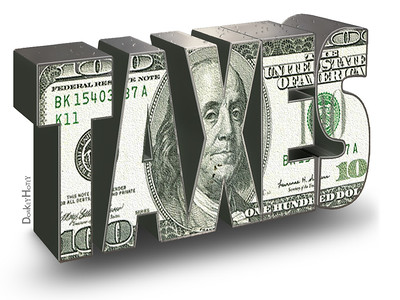WCC’s Board of Trustees approved a $5 per credit hour “technology infrastructure fee” which took effect this fall. (Maybe they should have approved a “sewage infrastructure fee” instead.) This is half of a previously discussed “facilities fee” that never got off the ground. That fee was supposed to fund the construction costs for the Student Center rehab and the “Advanced Transportation Center.” I believe the second half of the facilities fee will find its way into the WCC tuition and fees structure next year.
But there is a very good reason not to tamper with WCC tuition and fees in the coming months. The Federal Reserve Bank of New York released data today showing that household debt climbed to $16.5T in the third quarter. It is the fastest rise of new consumer debt since the Great Recession.
The growth of household debt – which includes mortgages, personal loans, credit card debt, and auto loans – is significant. The hot real estate market caused a significant rise in housing prices. Year-over-year mortgage debt rose by $1T to nearly $12T. US consumers now owe $930B on their credit cards.
Compounding the problem is the fact that real wages are not keeping pace with inflation, which means that net household income is shrinking. Last week, the St. Louis Federal Reserve Bank announced that the personal saving rate dropped to 3.1% in September. That’s a 255% decline from September 2021, when the personal saving rate was 7.9%. The sharp growth in credit card debt, combined with the decline in personal savings indicates that people are drawing down their savings and increasing the use of revolving credit to make ends meet. The New York Fed also indicated that delinquencies are increasing on household debt.
Raising WCC tuition and fees will reduce enrollment
Household income is a very good predictor of the presence or absence of personal savings. The lower the household income, the less likely a person is to have savings. That makes sense. It’s hard to save money when your expenses meet or exceed your income.
Here’s something that might surprise you. More than one-third of households with an income of $50,000 have no savings at all. So the notion that students from households with even lower income can somehow afford an additional $75 or so in fees per semester is somewhat fantastical.
And keep in mind that the current crop of Trustees thinks its OK to load the cost of building construction onto students (e.g., the “facilities fee”) in order to protect their own tax bills from what amounts to a nominal rise. In other words, it’s OK to make poor people pay more WCC tuition and fees so that people living in a rich community can avoid taxes.
I will point out that Washtenaw County voters are generous to a fault. If asked, there’s an excruciatingly high probability that the voters here would give WCC whatever funding it sought. It is NOT the hundreds of thousands of voters in Washtenaw County who oppose giving more money to WCC. It is SEVEN elected Trustees who can’t bear the thought of raising their own tax bills to support the students at the very institution they oversee.
Let that sink in.
Photo Credit: DonkeHotey , via Flickr


















